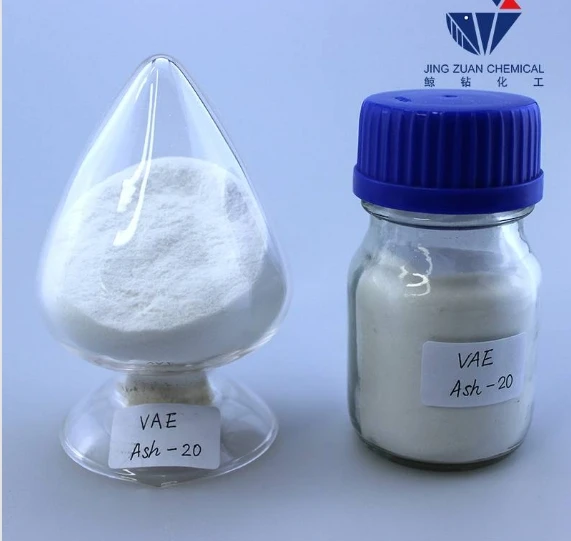
Окт . 14, 2024 19:59 Back to list
grades of hpmc
Understanding the Grades of HPMC (Hydroxypropyl Methylcellulose)
Hydroxypropyl Methylcellulose (HPMC) is a versatile cellulose derivative widely used in various industries, particularly in pharmaceuticals, food, and construction. Its unique chemical properties make it an essential ingredient in a multitude of applications. This article aims to delve into the different grades of HPMC, their characteristics, and their applications.
HPMC is synthesized by chemically modifying natural cellulose. The introduction of hydroxypropyl and methyl groups to the cellulose backbone results in enhanced solubility and functionality. Depending on the ratio of these substituents, HPMC can be classified into several grades. The most common classifications include low, medium, and high viscosity grades.
Understanding the Grades of HPMC (Hydroxypropyl Methylcellulose)
Medium viscosity grades of HPMC have intermediate properties and offer a balance between thickness and clarity. They are commonly utilized in applications that require moderate viscosity and good gel-forming characteristics. For instance, in the pharmaceutical industry, medium viscosity HPMC is frequently used in the preparation of controlled-release formulations. By modifying the release rate of active ingredients, these formulations can enhance therapeutic efficacy while minimizing side effects.
grades of hpmc

High viscosity grades of HPMC are known for their ability to create thick, viscous solutions. These grades are essential in applications requiring substantial viscosity and gel strength, such as in construction materials, where they improve the workability and adhesion of mortars, plasters, and paints. In the food industry, high viscosity HPMC is used in baked goods, frozen foods, and dairy products to enhance texture and mouthfeel.
In addition to these viscosity classifications, HPMC grades can also be categorized based on their degree of substitution (DS), which refers to the extent to which hydroxypropyl and methyl groups replace the hydrogen atoms on the cellulose. A higher degree of substitution typically results in increased water solubility and viscosity. Understanding the specific DS of HPMC is crucial for formulators who aim to achieve desired characteristics in their products.
The versatility of HPMC extends beyond its viscosity. It is also valued for its non-toxic nature, making it suitable for applications in pharmaceuticals and food products. Moreover, HPMC is compatible with a wide range of active ingredients and excipients, facilitating its use in complex formulations.
In summary, the grades of HPMC play a critical role in determining its functionality in various applications. From low viscosity grades used in simple coatings to high viscosity grades providing the base for construction materials, understanding the properties and appropriate applications of HPMC is essential for manufacturers across different industries. As demand for high-quality, efficient products continues to grow, HPMC remains a key player in formulation science, enabling innovations that meet consumer needs.
-
The Widespread Application of Redispersible Powder in Construction and Building Materials
NewsMay.16,2025
-
The Widespread Application of Hpmc in the Detergent Industry
NewsMay.16,2025
-
The Main Applications of Hydroxyethyl Cellulose in Paints and Coatings
NewsMay.16,2025
-
Mortar Bonding Agent: the Key to Enhancing the Adhesion Between New and Old Mortar Layers and Between Mortar and Different Substrates
NewsMay.16,2025
-
HPMC: Application as a thickener and excipient
NewsMay.16,2025
-
Hec Cellulose Cellulose: Multi functional dispersants and high-efficiency thickeners
NewsMay.16,2025







